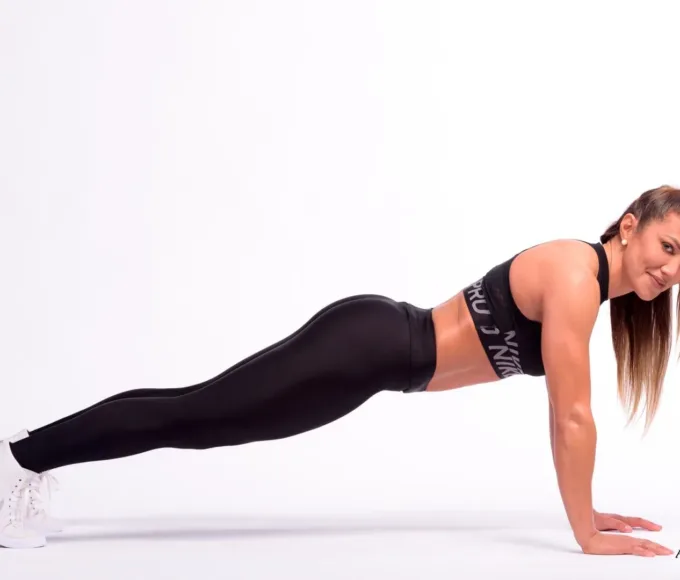The Benefits of Physical Exercise on Optimal Labor

What is labor?
Labor represents the totality of symptoms preceding childbirth. From a statistical point of view regarding the entire duration of labor, for primiparas (mothers giving birth for the first time), it seems to fall within an average of 14 hours (it can be longer or shorter), while for mothers who have given birth before, the duration is approximately 8 hours. The symptoms of labor usually consist of contractions (some painful) or, conversely, it may not be accompanied by contractions and includes the breaking of the water.
We cannot know exactly how labor will unfold until it is triggered, but we can prepare both physically and mentally for this moment. One of the objectives of specialized gymnastic classes for pregnant women, whether it be Yoga, Pilates, Aquagym, or any other type of exercise applied in this situation, is preparation for labor and childbirth.
I once read that labor can be compared, in terms of the intensity of physical effort, to running a marathon. Knowing all this, what can we do?
Physical exercises for pregnant women
In the preparation of these physical exercises, I have always liked to work differentially, so that each pregnant woman present in the gymnastics class can identify and learn what is beneficial and suitable for her personality. Therefore, cardio exercises, given that they are light combinations of aerobic dance steps, fitball, and walking on the treadmill or stationary bike, prepare the body of the expectant mother to cope with prolonged hours of effort.
From my point of view, breathing exercises represent the most important element to remember from the physical preparation carried out for labor. Over time, I have reached the following conclusion: if we know how to breathe, both the intensity of effort and the intensity of pain decrease.
Breathing exercises
A very good example of such a breathing exercise is as follows: inhale through the nose, count to 3, exhale through the mouth, and count to 6. During labor, this exercise will help you focus your attention, disciplining your mind equally.
Kegel exercises
Another important range of preparatory exercises for labor are Kegel exercises. Through these exercises, we train the perineal muscles so that at the moment of childbirth, we know how to push and relax this muscle. We must take into account the following: the better control we have over this musculature, the more we avoid the risk of tearing.
In practice, these exercises develop proprioception (about sensations from the body – which inform about movements, balance, etc.) at the level of the perineal muscles. You can do sets of 5 contractions, holding for 5 seconds each. There are several variations of this exercise.
- Variant 1. Inhale, contract the perineal muscles, hold the contraction for 5 seconds, and then exhale.
- Variant 2. Inhale, contract the perineal muscles, and hold the contraction while exhaling.
- Variant 3. Inhale, contract the muscles, hold the contraction, and then focus on relaxing the muscles until achieving complete relaxation.
From experience, I can say that I like to practice Variant 3 with mothers who are over 36 weeks pregnant because this way, they can internalize the process of perineal relaxation much better.
And perhaps, the most important thing we can do for a peaceful labor is visualization exercises and deep understanding (mindfulness) exercises that train and prepare the mind.

An example of such an exercise is as follows: you can sit in a comfortable position with your back straight. Close your eyes and start by observing both your breathing and the sensations in your body. As you feel that your breathing is rhythmic and deep, and the internal sensation is calm, you can begin to visualize the moment of childbirth as you wish it to unfold.
Wishing you an easy childbirth!
“
Gloria Hristina Tone
" Gloria era în ultimul an de facultate când a intrat prima data într-un cabinet de kinetoterapie, unde activitatea principala era gimnastica pentru gravide. Acolo a început calatoria ei în acest domeniu. Dupa ce stagiul de practica a luat sfârsit, Gloria a pus în aplicare cunostiintele dobândite lucrând cu femei însarcinate. La început a facut doar gimnastica, însa pe parcursul anilor a aprofundat acest domeniu. În 2011 a urmat cursul de doula, apoi în 2012 cel de yoga pentru gravide. În 2010 a început formarea în NLP Rezonanz care i-a deschis o lume noua catre sufletul sau. Asa a introdus în munca sa cu femeile însarcinate conectarea dintre minte si corp si conectarea mamelor cu bebelusul din burtica. Formarea în Remedii Florale Bach a adus în practica ei un alt element prin care a putut ajuta mamicile în devenire sa faca fata multitudinii de emotii, pe care sarcina le scoate la suprafata. În Septembrie 2015 Gloria a devenit ea însasi mamica, iar aceasta experienta i-a largit foarte mult orizontul si modul de abordare al sarcinii si mai ales a perioadei imediat urmatoare. În prezent Gloria preda clase de yoga pentru gravide, mame si bebelusi, copii si adulti, ofera sedinte de coaching unde îmbina tehnici NLP, ThetaHealing, Arterapie si Remedii Florale Bach. De asemenea sustine clase de yoga la Stejarii Country Club. "Felul în care îmi traiesc viata: privesc tot timpul partea buna a experientelor, sunt recunoscatoare zi de zi pentru ceea ce am si ma folosesc zilnic de tot ce am învatat pâna acum, pentru a face fata provocarilor pe care viata mi le aduce în cale." "
Recent Posts
Related Articles
CrossFit exercises practiced outdoors or at home
Concentration and discipline are indispensable for succeeding in any training program, regardless...
July 27, 2023Health guide for “ageless” women
Discover the Benefits of Physical Exercise and the Best Types of Training...
July 27, 2023Home-Based Pregnancy Workout in Comfort
The Benefits of Prenatal Home Workout The way we interact with people...
July 10, 2023Supplementation with Vitamins and Minerals
Essential nutrients for the body The macronutrients and micronutrients are essential for...
July 10, 2023

























Leave a comment